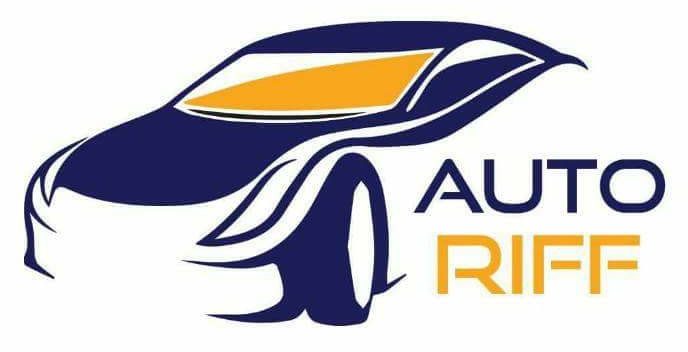Audi is actively involved in shaping the digital energy world of the future. The brand with the four rings is involved in the EEBUS initiative to promote networking across manufacturer and industry boundaries.
The Audi e-tron is the first electric car whose charging system uses the new communication standard. At the “Plugfest E-Mobility” at the Audi plant in Brussels, developers are testing cross-industry compatibility before the EEBUS standard for energy communication is introduced in February.
The electric car will play an important role as a power consumer in the digital energy world. As an energy storage device, the electric car has great potential to drive the energy transition forward and absorb peak loads resulting from regenerative generation. Cars are stationary for most of the day, which leaves a great deal of time for flexible charging. Because of this, the new power consumers not only present an additional load on the power grid, but can potentially serve as flexible storage devices in the context of the variable availability of solar and wind power.
Plugfest confirms EEBUS standard release
During the two-day “Plugfest E-Mobility” on January 28 and 29, EEBUS members will test their developments on the basis of the open communication standard at the Audi plant in Brussels. Developers and engineers will perform model tests to check whether the photovoltaics system, the charging infrastructure, the electric car, and the heating system can communicate without interference.
connect charging system: efficient and connected
Audi offers various solutions for charging at home. In its highest expansion stage, the optional connect charging system allows a charging capacity of up to 22 kW. It then takes only around four and a half hours to fully charge the Audi e-tron.
The benefits of the system are obvious: With the connect charging system, the Audi e-tron can always be charged with the maximum output possible with the home electrical system and the car. The system also considers the power requirements of other consumers in the household and adjusts accordingly to prevent overloading the home electrical system and thus tripping the breaker.
Sustainable and intelligent charging
In combination with the connect charging system and an appropriately equipped HEMS, the Audi e-tron also takes advantage of variable electricity rates. It can charge the battery when electricity is less expensive while simultaneously considering the customer’s mobility requirements, such as departure time and charge level. The electric SUV does this by considering either forecast phases of sunshine or the current flow of electricity at the home’s connection point to the public grid.
Interaction with the power grid
It is conceivable that EEBUS devices will interact with the power grid to an even greater extent in the future. An interface with the grid operator via HEMS is one possible application. The specifications of the communication standard will be rolled out at the beginning of February 2019. The EEBUS initiative is thus on its way to introducing a Europe-wide standard that connects all major power consumers in the home in a comprehensive and manufacturer-independent way.






